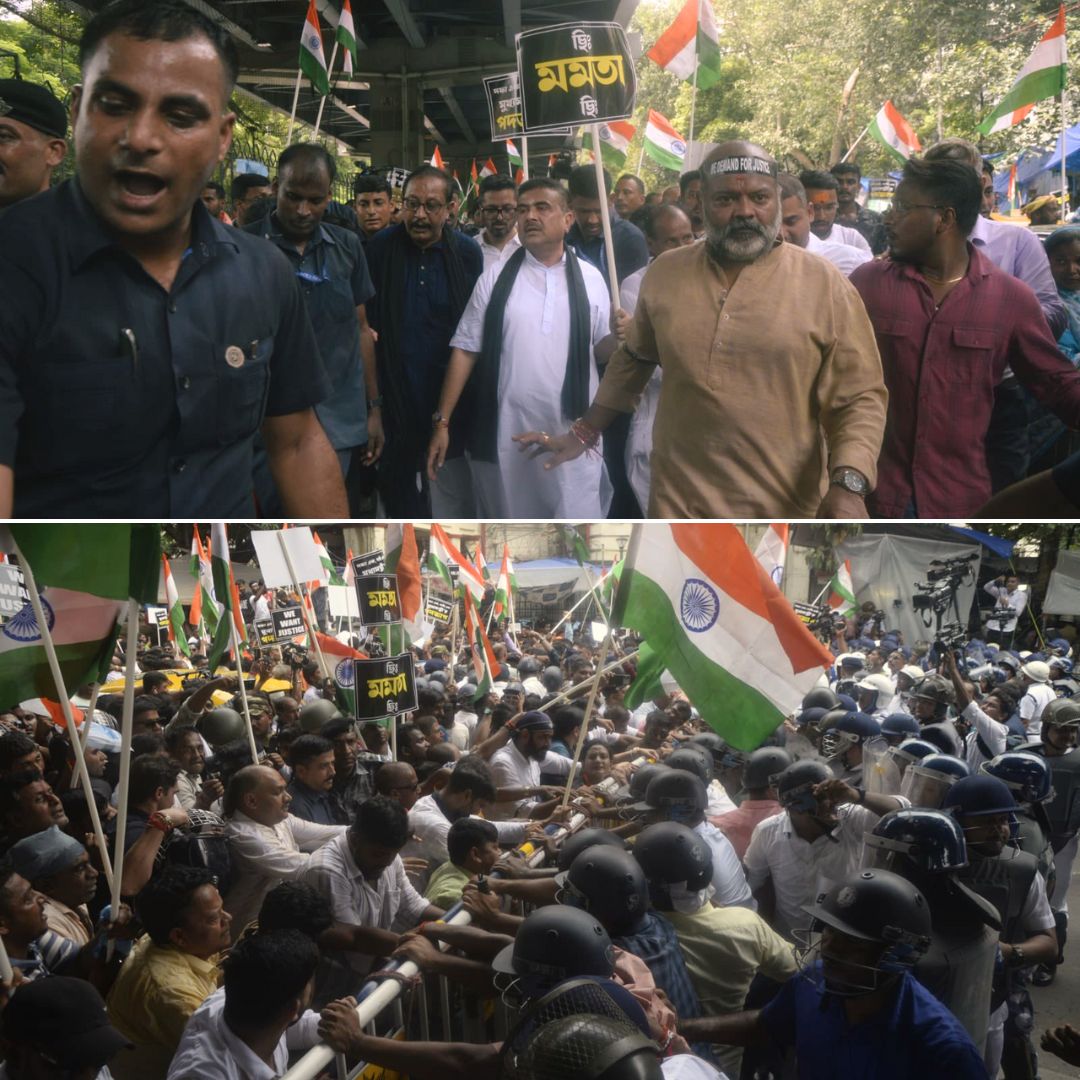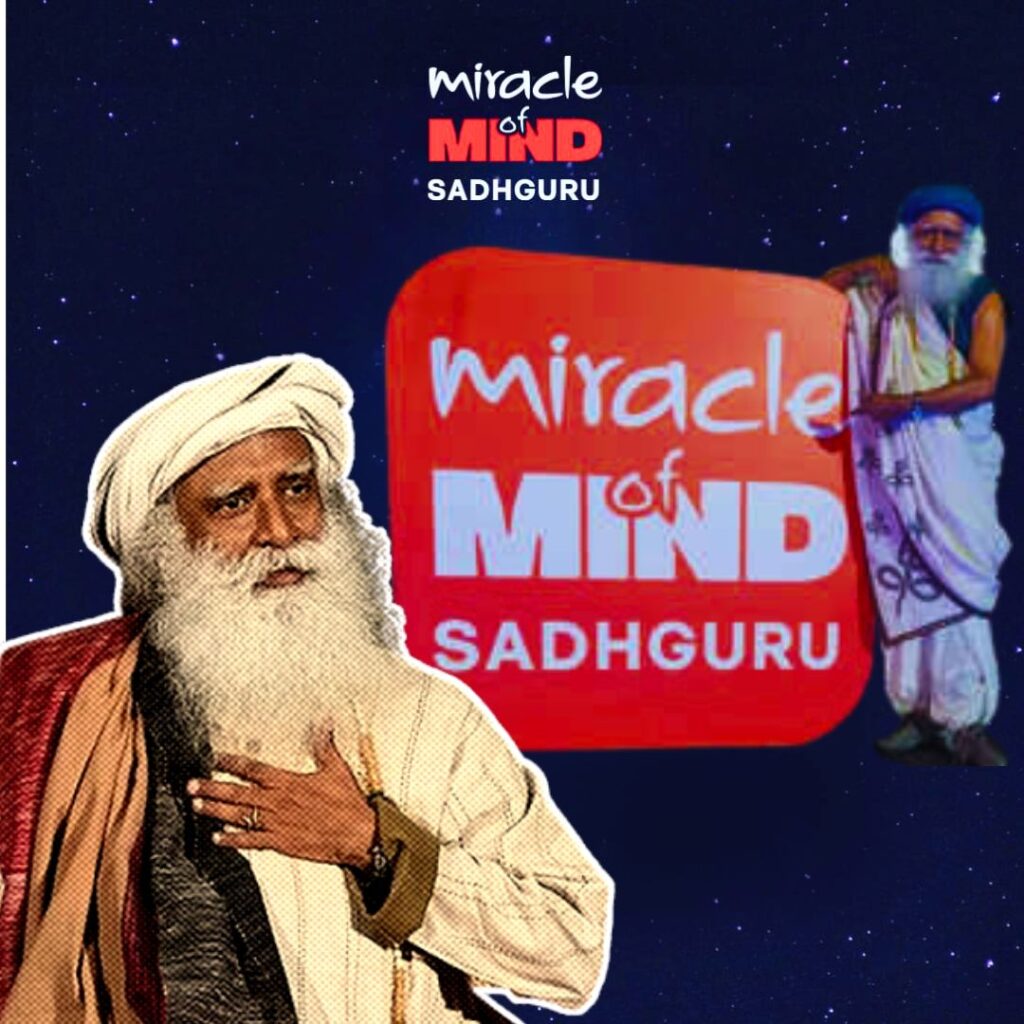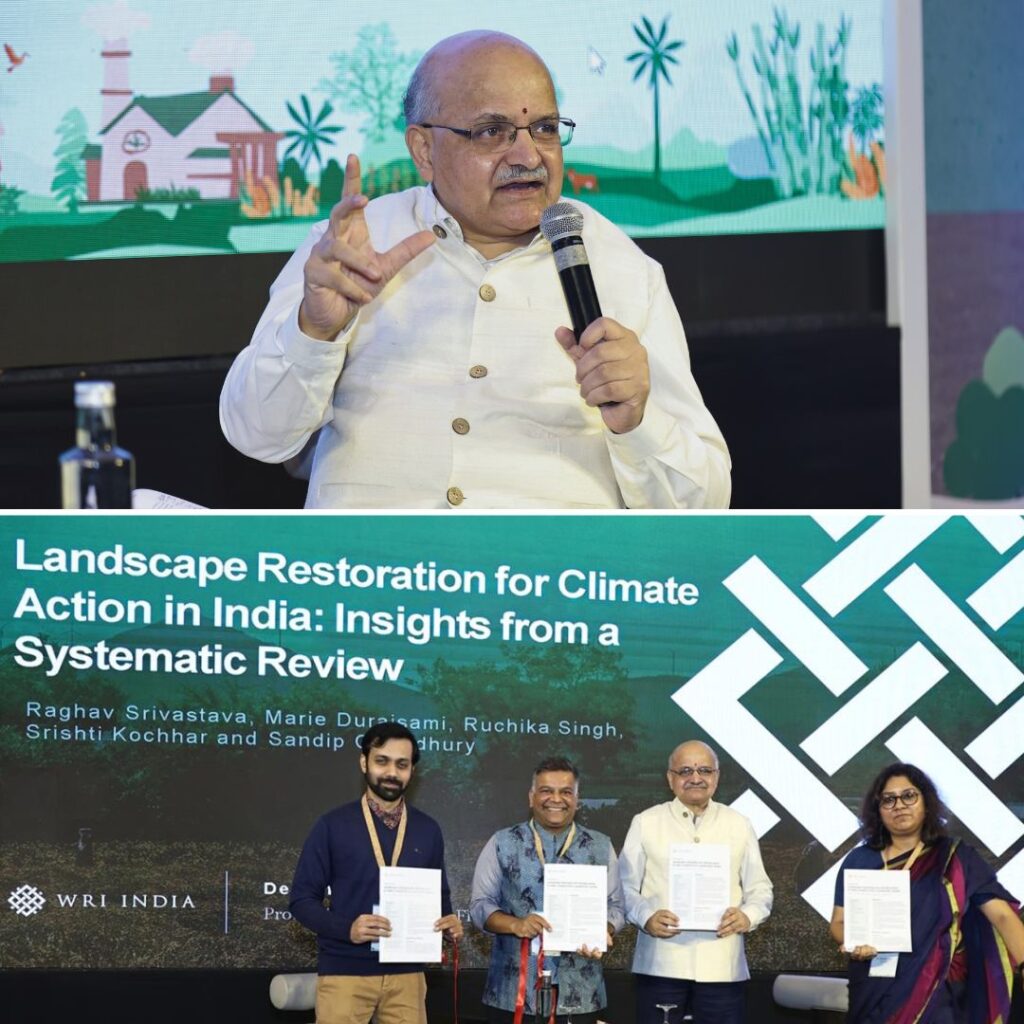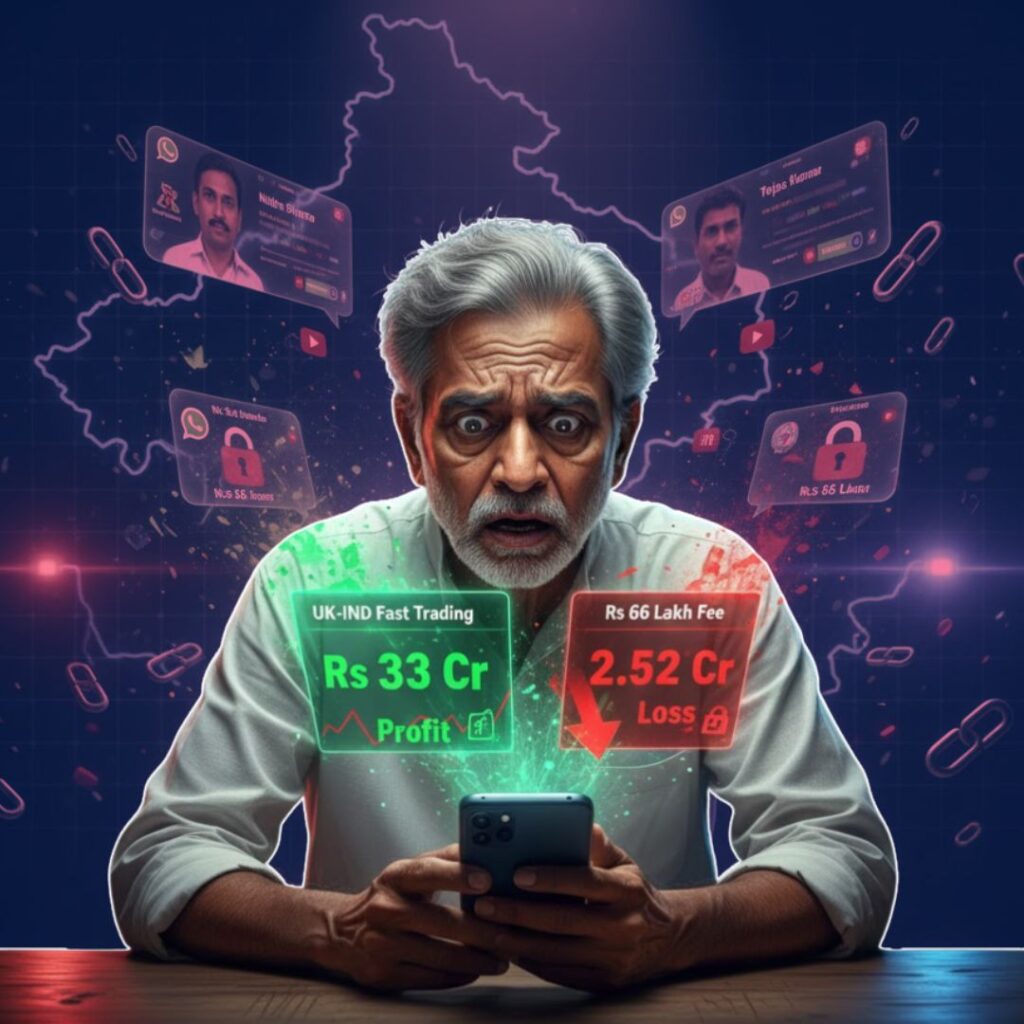Police clashed with protesters in Kolkata and Howrah on August 9, 2025, during a march marking the first anniversary of the brutal rape and murder of a young trainee doctor at RG Kar Medical College.
The march, led by the victim’s parents and opposition BJP leaders including Suvendu Adhikari and Agnimitra Paul, escalated as demonstrators attempted to breach police barricades set up under prohibitory orders around the West Bengal secretariat, Nabanna.
Police responded with lathi charge, water cannons, and baton sticks, resulting in over 100 injuries, including to the victim’s mother, who alleged police assaulted her and broke her traditional conch shell bangles. Protesters demanded justice for the doctor and called for Chief Minister Mamata Banerjee’s resignation, accusing her government of failing to protect women and deliver justice.
The Protest and Police Response
The large procession started from assembly points in central Kolkata and Howrah, with crowds carrying Indian national flags, placards demanding justice, and slogans against the state government.
Despite repeated police warnings and loudspeaker announcements to remain at designated protest sites, Santragachi bus stand in Howrah and Rani Rashmoni Avenue in Kolkata, as per a Calcutta High Court directive, many protesters tried to push past the barricades at key points including the Park Street–J L Nehru Road junction and Santragachi area. Some protesters scaled 10-foot-high iron barricades and used blunt instruments to create openings.
Police deployed massive forces including the Rapid Action Force (RAF), water cannons, and multi-layer barricades to block their path. Opposition leaders Suvendu Adhikari, Agnimitra Paul, and other BJP MLAs staged sit-ins at police blockades while alleging police brutality on them and the victim’s family.
The victim’s mother was reportedly roughed up and suffered a head injury during the melee, alleging unprovoked police assault that included the breaking of her bangles, a culturally significant symbol. More than 100 people, including leaders and parents, were injured as per protest and opposition claims.
Police justified their strict action, citing prohibitory orders under Section 163 of the Bengal Nagarik Suraksha Sanhita that bar protests near Nabanna, along with ongoing court rulings restricting assemblies in high-security zones.
Background of the Incident and Legal Context
The protest coincided with the one-year anniversary of the horrific crime against a 26-year-old trainee doctor inside the state-run RG Kar Medical College seminar hall, an incident that sparked widespread outrage.
Sanjay Roy, a civic volunteer associated with Kolkata Police, was convicted and sentenced to life imprisonment earlier this year by a CBI court. Despite the conviction, the victim’s family and supporters allege a broader conspiracy and ongoing impunity, demanding full justice through a more comprehensive investigation.
The Calcutta High Court ordered a transfer of the investigation to the CBI to ensure impartiality amid public outcry over police handling. Meanwhile, multiple prohibitory orders and heavy police security have aimed to control protest activities near the state secretariat to prevent escalation.
The victim’s father criticized police attempts to block the family’s peaceful participation in the march, asserting that their rights to protest were being violated despite court permissions. The opposition and family requested citizens to join the march peacefully and without party flags, emphasizing the movement’s non-political nature focused on justice.
The Logical Indian’s Perspective
The events surrounding the RG Kar doctor’s tragic murder and the subsequent protests highlight the urgent need for systemic reforms that ensure the safety and dignity of women, especially within public institutions like hospitals. Justice must be uncompromisingly served; however, state responses should prioritise peaceful dialogue, empathy, and respect for democratic rights.
Heavy-handed police actions during protests risk alienating citizens and exacerbating social divides instead of fostering healing. Achieving justice without compromising on peace requires a nuanced balance between security concerns and the constitutional right to assembly. How can stakeholders, including government, law enforcement, civil society, and citizens, work together to uphold justice and women’s safety while maintaining harmony and democratic freedoms?
#WATCH | Kolkata | West Bengal Police deploys lathi charge at protestors during the 'Nabanna Abhiyan' rally. The rally has been called to mark the one-year anniversary of the RG Kar Medical College rape and murder. pic.twitter.com/F3jtMFmXk3
— ANI (@ANI) August 9, 2025











